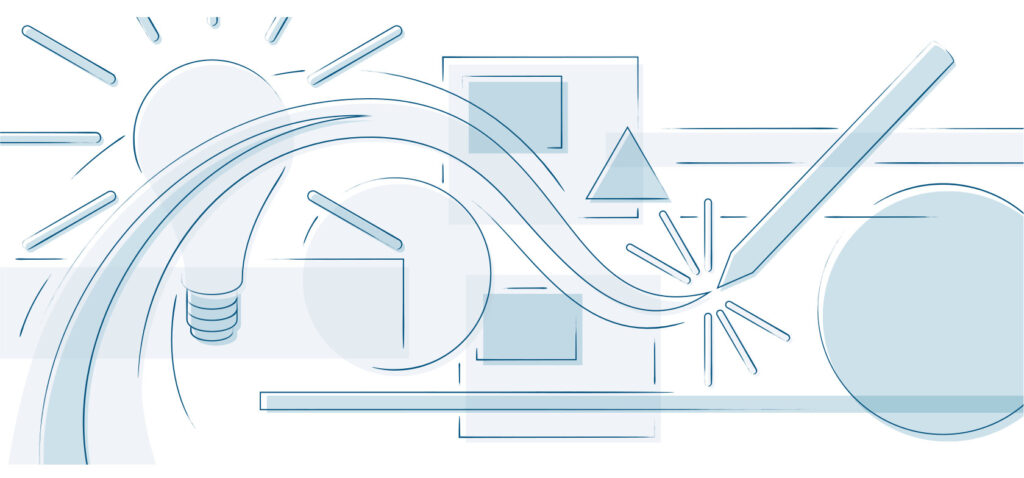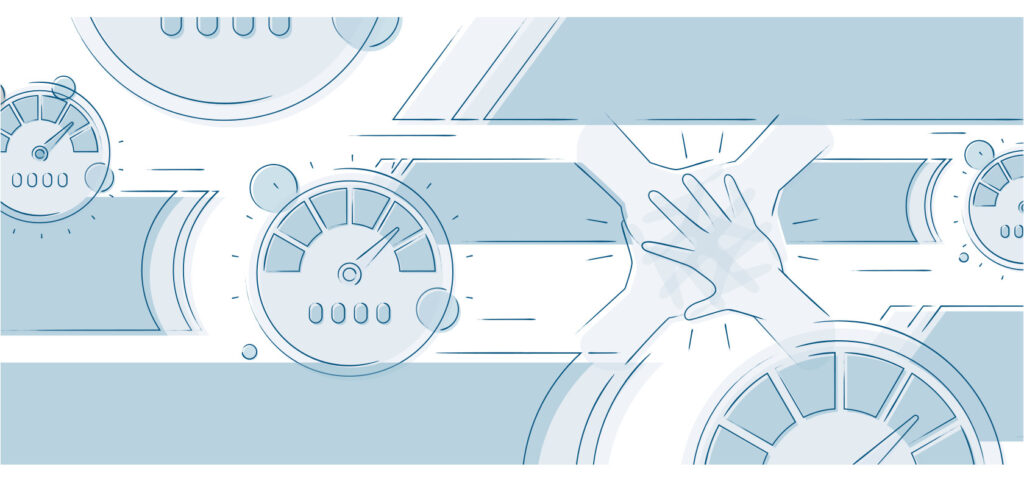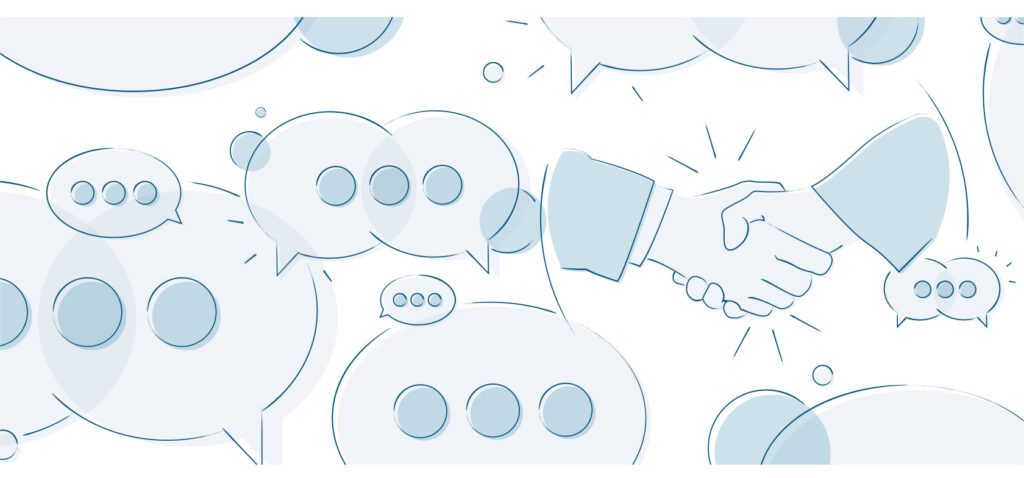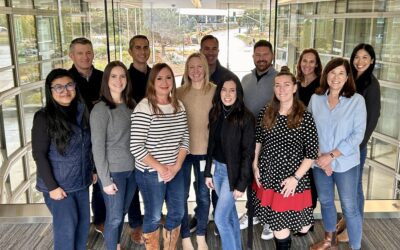Redefining Employee Onboarding as a Journey
Given that up to 20% of employee turnover happens in the first 45 days and 34% occurs in their first year on the job, it’s not a stretch to say that the current onboarding approach isn’t working for many organizations.
Other factors may come into play, but we believe turnover happens when we don’t treat employee onboarding as a journey—one that starts before sending the offer letter and ends when the person is performing the role independently and confidently.
Employee onboarding typically has a narrow definition: orienting new hires to the company and their role. In some circles it simply means a new hire’s first day or week on the job. Yet, when you think about the impact onboarding can have on organizations—growth, people development, scalability, quality, customer and employee experience—a much larger picture starts to come into focus. It’s not enough to think of it as a single day or week; depending on the role, the onboarding journey could take months or even years.
It’s also an emotional journey. People leave organizations when they feel disconnected, overwhelmed, frustrated, or undervalued. Onboarding should help people feel confident in their new role as well as competent. Yet, the typical onboarding approach fills people up with everything they need to know or do before being sent to do their job without supporting that emotional journey.
How employee onboarding transforms organizations.
Onboarding has applications that organizations may not typically recognize—like ensuring knowledge is retained and passed on. Baby boomers will continue to retire over the coming years (whether it’s in a burst or it happens in gradual waves). How can we capture and share their knowledge across generations? By building an employee onboarding experience that systematically trains people on the roles, mindsets, and processes that currently live in the heads of your most experienced employees.
Onboarding isn’t just for new hires. Your people are always in a state of mastering their current role and taking on new ones, which is why onboarding can apply to role transitions and advancement, too. (Depending on the organization, it can be called inboarding, role transition, or even promotion.) It’s incredible how agile an organization can be when people have the control and autonomy in their career development to navigate and explore new roles.
Another onboarding application is scalability. Many organizations wrestle with how to scale their business, especially if there aren’t enough good managers or their managers are overworked. Onboarding enables us to capture and share the “best of the best” of a role to empower others to own their development, which eases the burden on overworked managers and puts more emphasis on the individual.
Onboarding is also a great organizational alignment tool. The rise of complex HR systems has reduced the need for HR staff; learning and development roles are shifting to be content curators and consultants. Onboarding unlocks the real value of these functions by allowing us to systematize the people side of business. It becomes a thriving system that multiple people own, buy into, and impact instead of relying on one person to work.
Let’s take a look at three factors that can help redefine employee onboarding at your organization:
1. Consistent brand experience.

When organizations are small, they focus on getting their product or service right (and they should!). Business success is directly tied to creating a consistent brand experience for customers. That brand experience builds customer loyalty and trust, which generates demand and growth.
The same is true about the employee experience. As an organization grows, their ability to deliver an incredible customer experience is directly tied to investment made in creating and upholding an equally powerful employee experience. The result? Engaged and loyal employees that you can trust to uphold your brand experience, because they believe in what they’re doing and feel like a valued part of it.
Here’s an example: I love taking my kids to Chick-fil-A for many reasons, but one stands out consistently: everyone—including the person in the cow suit—gives me and my girls 100% every time. I can count on them to be fun, friendly, and extra attentive (especially if I’m there as a solo parent). They don’t just do the job; they create an incredible brand experience because they have an incredible employee experience. (Would that person in the cow suit be half as friendly to my kids if they felt like Chick-fil-A wasn’t living up to their end of the bargain? I doubt it.)
Want to move the needle on your employee experience and create a more consistent brand experience for your customers? Onboarding isn’t just a place to start, it’s the place to start.
2. Speed to competency.

Too often, organizations approach employee onboarding as a vehicle for delivering training content. They develop 3-4 weeks of training and hope that, by the end of Week 4, the new hire is ready to work. But it’s misleading to think that time in training actually leads to competence. As a metric for onboarding, speed to competency is commonly used to show the value of onboarding. It’s hard to measure, but it’s one of the biggest business cases for investing in more effective onboarding.
What does it actually take to perform competently in a role? Here’s how we approach it: No one learns everything about the role at once, so we recommend spreading out role development over a period of time (based on the complexity of the role). Ideally, we give the new hire time to practice, talk about the experience with someone, and reflect.
Going through these intentional steps helps people build competence. It’s not about adding more time or content; it’s about designing an experience that helps someone develop and grow within a role. It includes providing strong performance support tools and creating personal networks early on. That approach takes more time, but it also leads to the desired business results that you’re looking for.
Be sure to partner with operations, technology, and managers to understand what it takes to be successful in the role. HR and learning functions should act as experiential learning consultants for the business units to help them document the keys to be successful in a role. Defining preferred practices will help the organization scale what the best performers are doing already.
3. Employee engagement.

When an organization starts wrestling with their employee onboarding, it quickly turns into a conversation about the ultimate goal of onboarding. They start asking questions like:
- What’s the desired state for this new person?
- Are we giving them opportunities to grow into their careers and personally?
- What do our employees need to be successful?
- How do we get this person thriving at this company?
In other words, a conversation about redesigning the onboarding experience becomes a launching pad to solve organizational challenges related to retention and employee experience across the board. When we engage key stakeholders in the process of reimagining the desired state and addressing the challenges of getting there, they not only create more effective solutions, they also feel ownership and energy around the change.
Individual team members feel more engaged as they reap the benefits of an experience that better connects them to people, their work, and the organization they work for.
Teams feel more involved and valued as they’re invited to solve organizational challenges and align on the preferred practices of what they do every day.
Managers feel more engaged as the organization invests in their development or empowers them to prioritize the time to develop their team.
Executive leaders become more engaged in the process as they see the benefits of replicating what has worked to get them to where they are today.
As a result, the organization begins to see right turnover (that is, the employees who are a great fit for the company stay, and the ones who aren’t, don’t) because the ecosystem is designed with the end in mind.
The new definition of employee onboarding.
- It’s not just for new hires because people are always taking on new roles and responsibilities. We’re never done onboarding!
- Onboarding is a challenging emotional journey that requires us to advocate for the employee experience.
- It’s an organizational alignment tool, impacting the whole enterprise.
- It has the power to create loyal employees who create loyal customers.
Want to connect with Dustin about redefining onboarding? Give us a call at (859) 415-1000 or drop us a line in the form at the bottom of this page.




